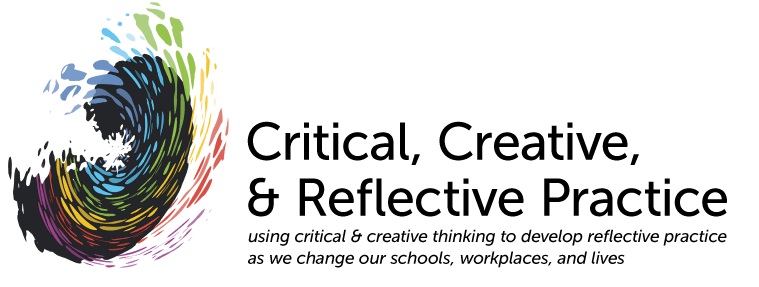Tools for Brainstorming and Clarification in Problem-Based Learning and Action Research
Table of Contents
Guided (topic-based) freewriting
KAQ (a variant of KNF)
Tools
Guided (topic-based) freewriting: This exercise is designed to clear mental and/or emotional space and to allow ideas about an issue to begin to come to the surface before you push ahead. There's no expectation that you'll have a clear approach right away.
In a freewriting exercise, you should not take your pen off the paper. Keep writing even if you find yourself stating over and over again, "I don't know what I'm expected to say." What you write won't be seen by anyone else, so don't go back to tidy up sentences, grammar, spelling. You will probably diverge from the topic, at least for a time while you acknowledge other preoccupations. That's OK—it's one of the purposes of the exercise. However, if you keep writing—don't stop—for seven-ten minutes, you should expose some thoughts about the topic that had been below the surface of your attention—that's another of the aims of the exercise.
Reference: Elbow, P. 1981. Writing with Power. New York: Oxford U. P.
Continue for 10 minutes where this sentence leads off:
"When I entertain the challenge of identifying some aspect of this messy situation that I could be actively engaged in researching, the thoughts/ feelings/ experiences/ ideas that come to mind include..."
KAQ dumpsheet: The
framework for exchanges and inquiry describes the KAQ process (a variant of "KNF"), but in a dumpsheet many possible Knowledge claims, Action proposals, and Questions for further inquiry are listed all together, instead of being separated out one knowledge claim to a page/worksheet. The dumpsheet can be a single, collective wikipage or a sheet prepared individually (then either sent by email to the instructor/leader for comments or shared via a listserv so all members of the group/class can review and perhaps comment on it).
(original page by pjt)
